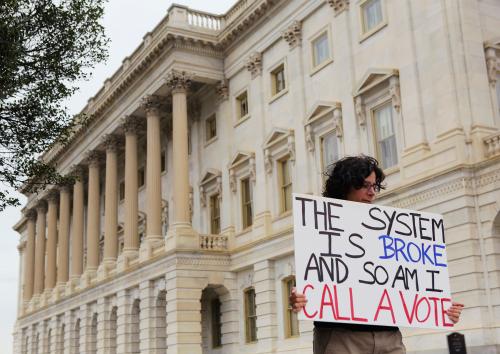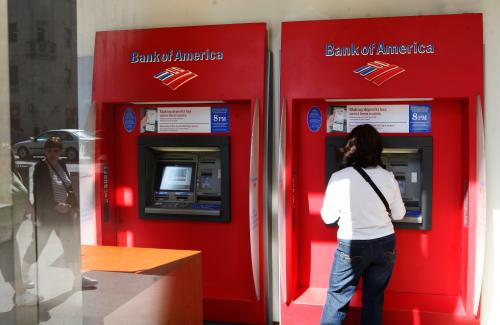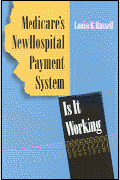This article originally appeared in Spotlight on Poverty & Opportunity on March 5, 2019.
America’s outdated payment system exacerbates income inequality at a scale far larger than commonly understood. Our country can be divided roughly in half between those who live paycheck to paycheck and those who always have a cushion. The time between when you deposit your paycheck to when it is available costs the bottom half billions of dollars a year, while the top barely notice the delay. This is one of the many factors making it expensive to be poor—but it is easily fixed.
If your payday was Friday, March 1 and you deposited your paycheck, it may not clear until sometime on Tuesday, March 5th. What do you do if the rent, childcare, and other fixed expenses are due the same day you get paid? Unless your paycheck is available the instant you deposit it (and that is not the case with direct deposit) you are stuck with a gap.
This time gap creates demand for payday lenders (every payday borrower has a bank account with postdated checks serving as collateral) and check cashers, and can lead to overdraft fees when debits clear before the check does. Try to avoid these fees by waiting for the check to clear, and you get hit with late fees. And if you’re carrying debt on your credit card, the zero-interest grace period can escalate up to 20 to 30 percent or more on your entire balance.
There are not estimates on what share of each of these fees occurs when consumers have the money but can not access it because of the slow payment system. Yet even if it is only a small proportion, it adds up. Eliminating just ten percent of overdrafts, payday loans, and check cashing would restore around $3.5 billion a year to working families. Add in the other costs or assume a higher share and you can arrive at tens of billions a year that could be solved by real-time payments.
Why does it still take multiple days for the money from your check to actually be available in your account when technology has progressed to the point where you can make that deposit from your phone in your house at 5am? Technologically it is not only possible to have real-time payments, but it is common in most of the advanced world. The United Kingdom adopted real-time payments in 2007. Mexico, Poland, South Africa, and Japan all have it. Soon it will be deployed across Europe. A payment from a Slovakian account will be available in France sooner than a check from Minnesota will clear in Florida.
Why is this not the case in America? That’s a bit more complicated. Congress delegated the authority to set withholding times for payments, subject to a multiple day cap that reflected 1970s era technology, to the Federal Reserve. While technology has changed (there are for example no more ‘non-local checks’ subject to longer hold times) regulation has not kept pace.
A simple solution would be for the Fed to change its regulations and mandate real-time payments. Financial technology products such as Zelle already offer real-time payments and one real-time payment system (RTP) is already being used by the fifty or so largest banks in the U.S. This is a mandate that is possible.
The problem is that in addition to being a regulator, the Federal Reserve also operates its own payment system. The Fed’s system, called ACH for short, does not run on real-time, nor can it be easily modified to do so. Without going into the technical details, it would take the Fed years to transition to a new system. The central bank has spent the last decade studying this possibility but has not yet committed to moving to a real-time system. Instead the Fed has tried to speed up its ACH system to operate on the same day, for those depositing in the morning, on the East Coast (sorry to the 50+ million people who live on Pacific time). But that won’t solve the problem.
If the Fed is not going to do the right thing as a regulator because of its conflict as the operator (it is hard for any organization to put part of itself out of business) then Congress can step in and require it. Senator Chris Van Hollen (D-MD) and Representative Gregory Meeks(D-NY), along with other members of the Congressional Black Caucus, have recently raised the importance of real-time payments as a way to help the poor.
Moving to a real-time payment system would save billions for families living paycheck to paycheck and be largely irrelevant to those with savings. Adopting a real-time payment system is one way to make it less expensive to be poor. This should be low hanging fruit in combating income inequality as it puts money in the hands of those with less without raising taxes, government spending, or cutting any other program.









Commentary
Op-edReal-time payments can help combat inequality
March 6, 2019